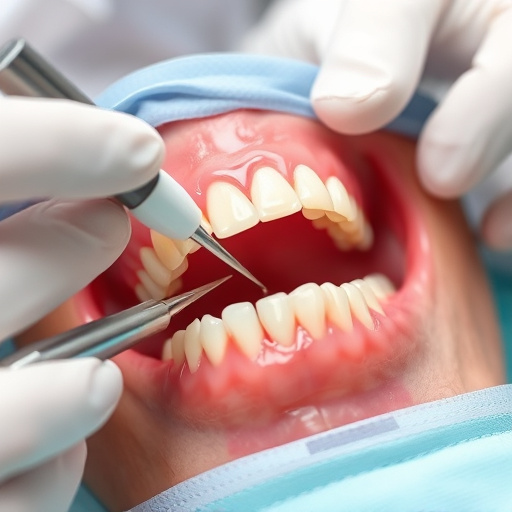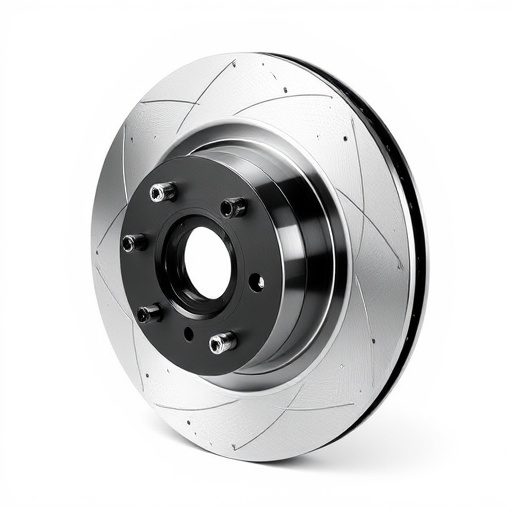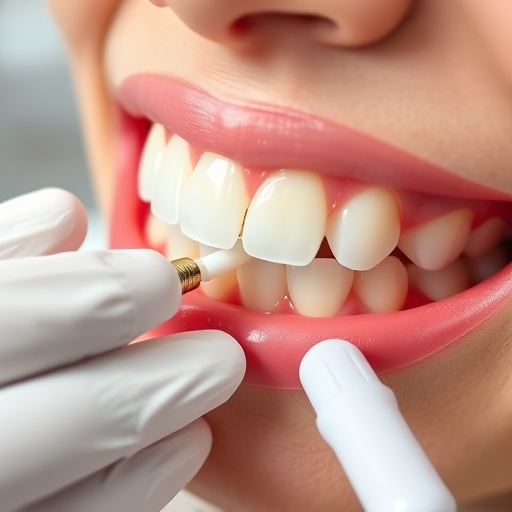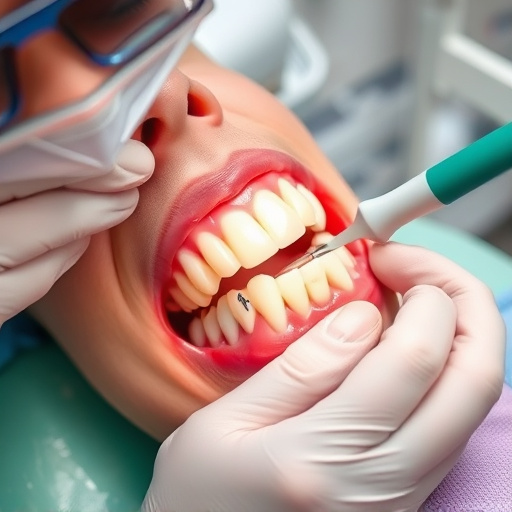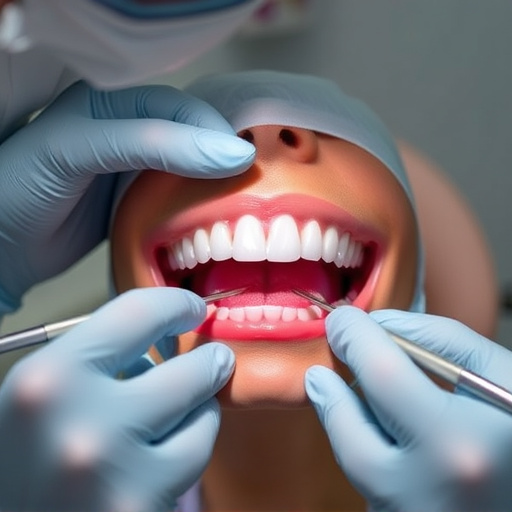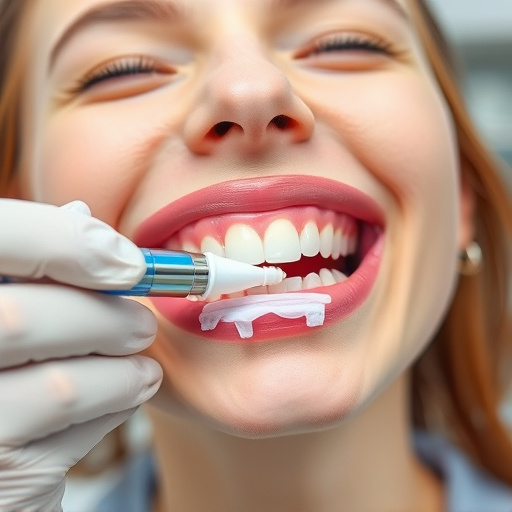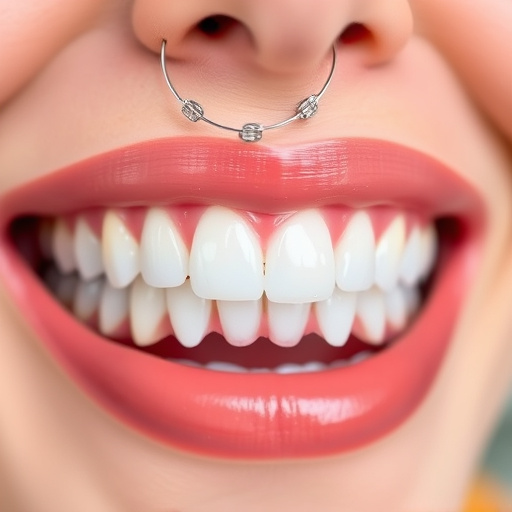Single tooth implants are globally popular due to their high success rates (90-95%), offering both functional restoration and aesthetic improvements. Their adoption is driven by advanced dental techniques, innovative solutions like clear aligners, and regular check-ups. Success depends on factors like jawbone health, oral hygiene, and dental architecture, with proper osseointegration ensuring stability. Wisdom tooth removal may be needed for optimal placement, while consistent oral care prevents infections and maintains long-term durability.
Single tooth implants have emerged as a reliable solution for tooth loss, boasting impressive global success rates. This advanced dental procedure offers a permanent and natural-looking replacement, enhancing both oral function and aesthetics. In this comprehensive guide, we’ll explore the intricacies of single tooth implants, from understanding the procedure to examining global success stories. We’ll also delve into key factors influencing implant outcomes, empowering patients to make informed decisions.
- Understanding Single Tooth Implants: Uncovering the Procedure and Its Benefits
- Global Success Stories: Exploring High-Rate Implant Results Across Different Regions
- Choosing the Right Implant Option: Factors Influencing Success Rates and Patient Satisfaction
Understanding Single Tooth Implants: Uncovering the Procedure and Its Benefits
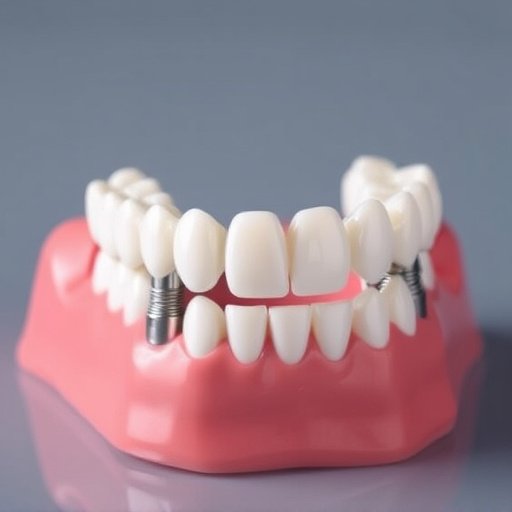
Single tooth implants are a popular solution for individuals looking to replace missing teeth. This advanced dental procedure involves surgically placing a small, titanium post into the jawbone to serve as an artificial root. Once integrated, a custom-made crown is attached, seamlessly restoring both form and function. The success rate of single tooth implants is remarkably high, often exceeding 95%, making them a reliable choice for many patients.
Beyond their clinical advantages, these implants offer several aesthetic and practical benefits. They look, feel, and function just like natural teeth, promoting oral health by preventing bone loss and maintaining facial structure. Unlike removable dentures or bridges, implants require minimal maintenance and do not involve altering neighboring healthy teeth. Additionally, they allow for improved comfort, better chewing ability, and the freedom to enjoy all types of food without restrictions, enhancing overall quality of life.
Global Success Stories: Exploring High-Rate Implant Results Across Different Regions
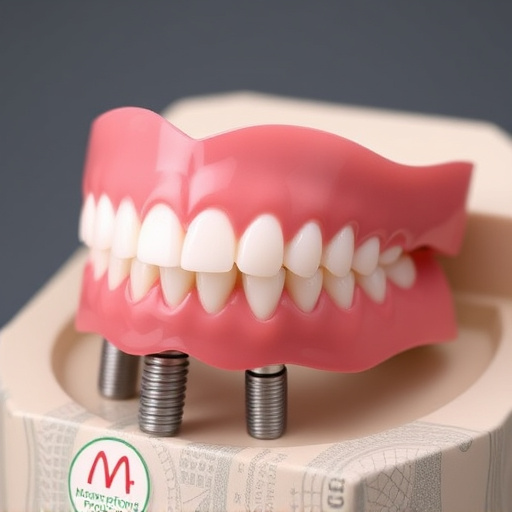
Single tooth implants have garnered global attention due to their impressive success rates, with many regions showcasing remarkable outcomes. For instance, studies in Europe have reported high satisfaction levels among patients receiving single implant restorations, with over 90% of cases achieving long-term stability and functionality. Similarly, in Asia, dental professionals have achieved remarkable results, with successful implant retention rates exceeding 95%. These success stories extend to North America as well, where advanced surgical techniques and precise planning contribute to high success rates.
Beyond these regional highlights, the global acceptance of single tooth implants is further evidenced by their integration into modern dentistry practices. Many patients opt for these procedures not only for functional reasons but also for aesthetic improvement. This trend is supported by the growing availability of innovative solutions, such as clear aligners and cosmetic fillings, which complement implant treatments, enhancing overall oral health and appearance through routine oral exams.
Choosing the Right Implant Option: Factors Influencing Success Rates and Patient Satisfaction
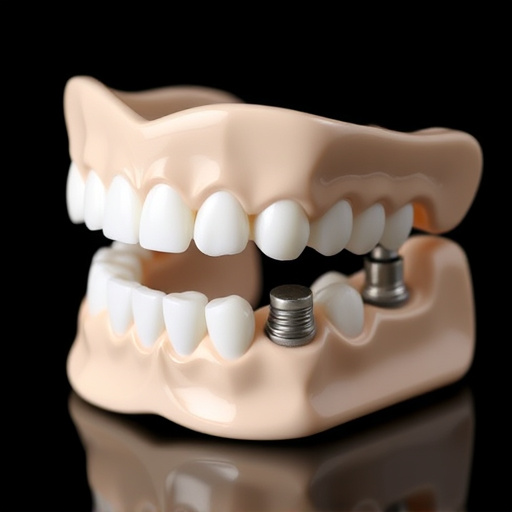
Choosing the right single tooth implant option is paramount to achieving high success rates and patient satisfaction. Several factors influence this, including jawbone health, oral hygiene, and overall dental architecture. Adequate bone density is crucial for successful osseointegration, where the implant fuses with the jawbone. Therefore, patients with sufficient bone volume are more likely to have positive outcomes.
Additionally, proper fitting and alignment of the implant are essential. Dental bonding techniques play a significant role in securing the implant within the jaw, enhancing stability. In contrast, some cases might require wisdom tooth removal to create space for the single tooth implant, ensuring optimal placement. Regular teeth cleaning and oral care also contribute to success by preventing infections and maintaining a healthy gum line, integral factors for long-term implant durability.
Single tooth implants have proven to be a successful solution globally, with high success rates backed by countless positive patient experiences. Understanding the procedure and choosing the right implant option are key factors to ensuring optimal outcomes. As seen in various regions, these implants offer long-lasting, functional, and aesthetically pleasing alternatives to traditional bridges or dentures, making them a preferred choice for many. By carefully considering patient needs and preferences, dental professionals can achieve remarkable results with single tooth implants.





